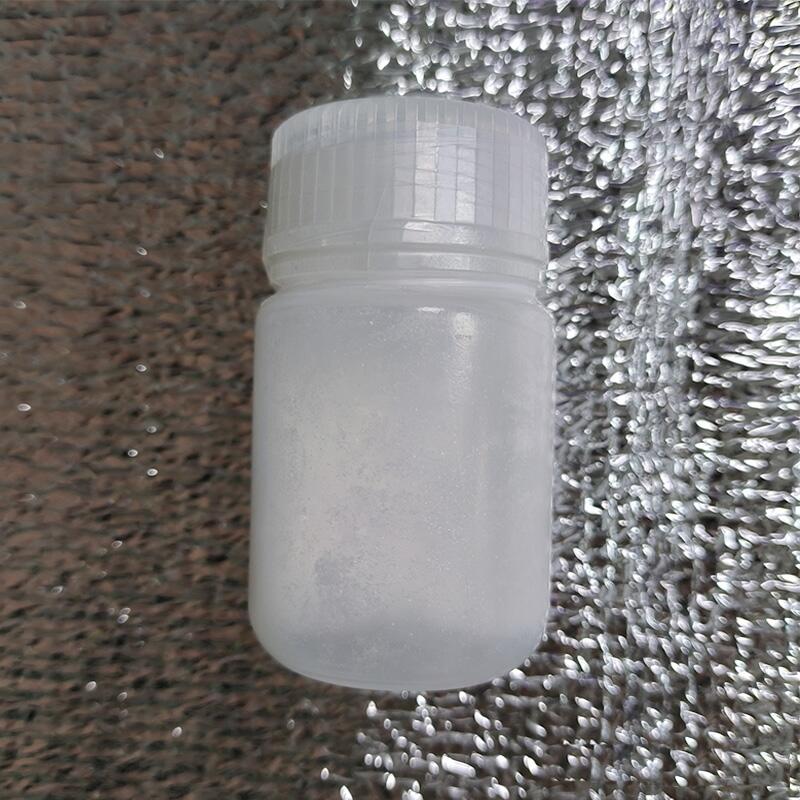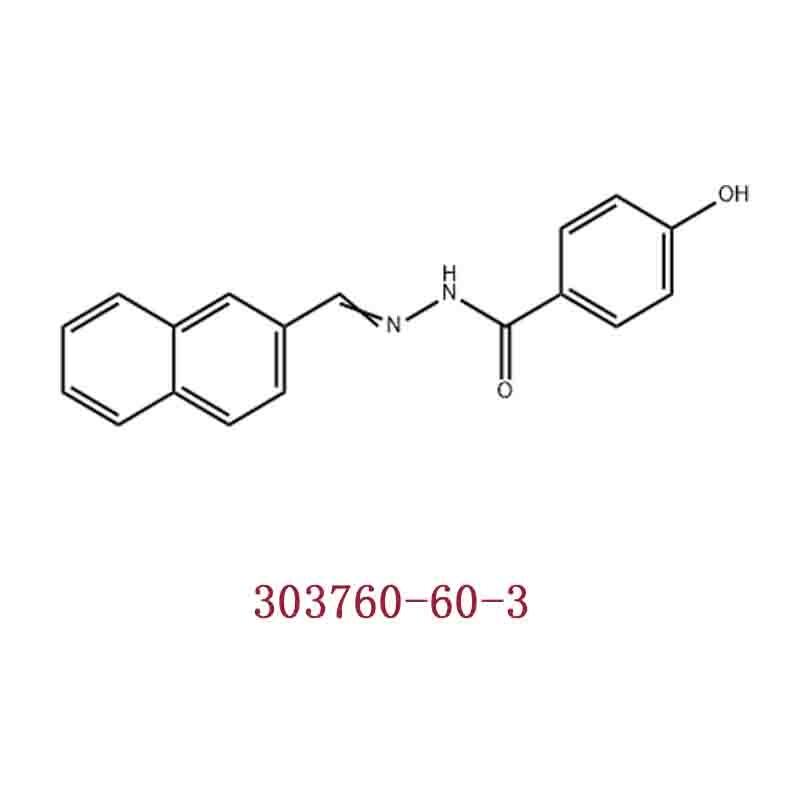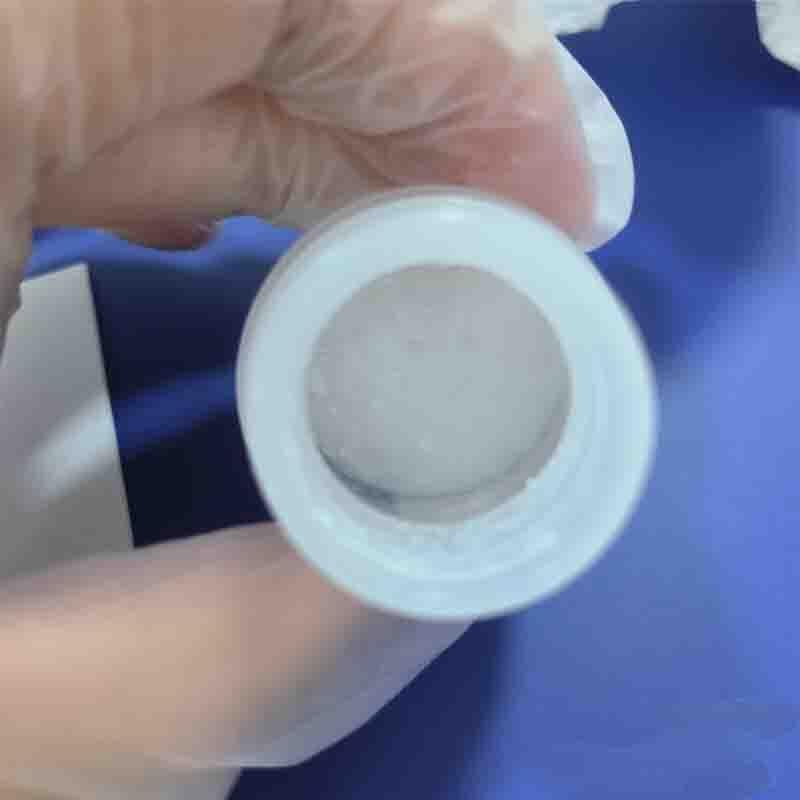-
Categories
-
Pharmaceutical Intermediates
-
Active Pharmaceutical Ingredients
-
Food Additives
- Industrial Coatings
- Agrochemicals
- Dyes and Pigments
- Surfactant
- Flavors and Fragrances
- Chemical Reagents
- Catalyst and Auxiliary
- Natural Products
- Inorganic Chemistry
-
Organic Chemistry
-
Biochemical Engineering
- Analytical Chemistry
-
Cosmetic Ingredient
- Water Treatment Chemical
-
Pharmaceutical Intermediates
Promotion
ECHEMI Mall
Wholesale
Weekly Price
Exhibition
News
-
Trade Service
Swertiamarin is a natural product that is isolated from the plant Sericornis sparsoidea, which is commonly found in Australia.
It has been found to possess a wide range of biological activities, including cytotoxicity, antioxidant, and antimicrobial properties.
As a result, there has been significant interest in developing synthetic routes for swertiamarin to enable large-scale production and commercialization.
In this article, we will review some of the synthetic routes that have been developed for swertiamarin, highlighting their advantages and disadvantages.
- Chemical Synthesis
The chemical synthesis of swertiamarin involves the use of various chemical reactions, such as Grignard reaction, nucleophilic substitution, and condensation reactions.
One of the most commonly used methods involves the synthesis of the natural product from anthranilic acid, which is readily accessible and inexpensive.
The synthesis involves the formation of an N-acyl anthranilic acid, which is then reduced to form anthranilic acid.
This is followed by the condensation of anthranilic acid with salicylic acid to form swertiamarin.
Advantages:
- The synthetic route is relatively simple and straightforward.
- The starting materials are readily available and inexpensive.
Disadvantages:
- The synthetic route requires several steps, which can be time-consuming and costly.
- The product yield can be low, and purity can be an issue.
- Biotechnological Synthesis
Biotechnological methods for the synthesis of swertiamarin involve the use of microorganisms, such as bacteria or yeast, to produce the natural product.
One of the most commonly used methods involves the use of Streptomyces sp.
to produce swertiamarin.
The synthesis involves the expression of a gene encoding for the enzyme responsible for the biosynthesis of swertiamarin.
Advantages:
- The biotechnological route is relatively simple and efficient.
- The product yield is high, and the product can be obtained in pure form.
Disadvantages:
- The biotechnological route requires specialized equipment and a controlled environment.
- The production costs can be high due to the need for specialized equipment and facilities.
- Semisynthetic Synthesis
Semisynthetic synthesis involves the use of both chemical and biotechnological methods to synthesize swertiamarin.
One of the most commonly used methods involves the synthesis of anthranilic acid using chemical methods, followed by the biosynthesis of swertiamarin using Streptomyces sp.
Advantages:
- The semisynthetic route can be more efficient and cost-effective than chemical synthesis alone.
- The product yield is high, and the product can be obtained in pure form.
Disadvantages:
- The semisynthetic route requires the use of specialized equipment and a controlled environment.
- The production costs can be high due to the need for specialized equipment and facilities.
In conclusion, there are several synthetic routes for the production of swertiamarin, each with its advantages and disadvantages.
Chemical synthesis is relatively simple and straightforward, but the product yield can be low, and purity can be an issue.
Biotechnological synthesis is relatively efficient and cost-effective, but it requires specialized equipment and facilities.
Semisynthetic synthesis is a combination of chemical and biotechnological methods and can be more efficient and cost-effective than either method alone.
Ultimately, the choice of synthetic route for swertiamarin will depend on the specific production needs and the resources available to the manufacturer.







